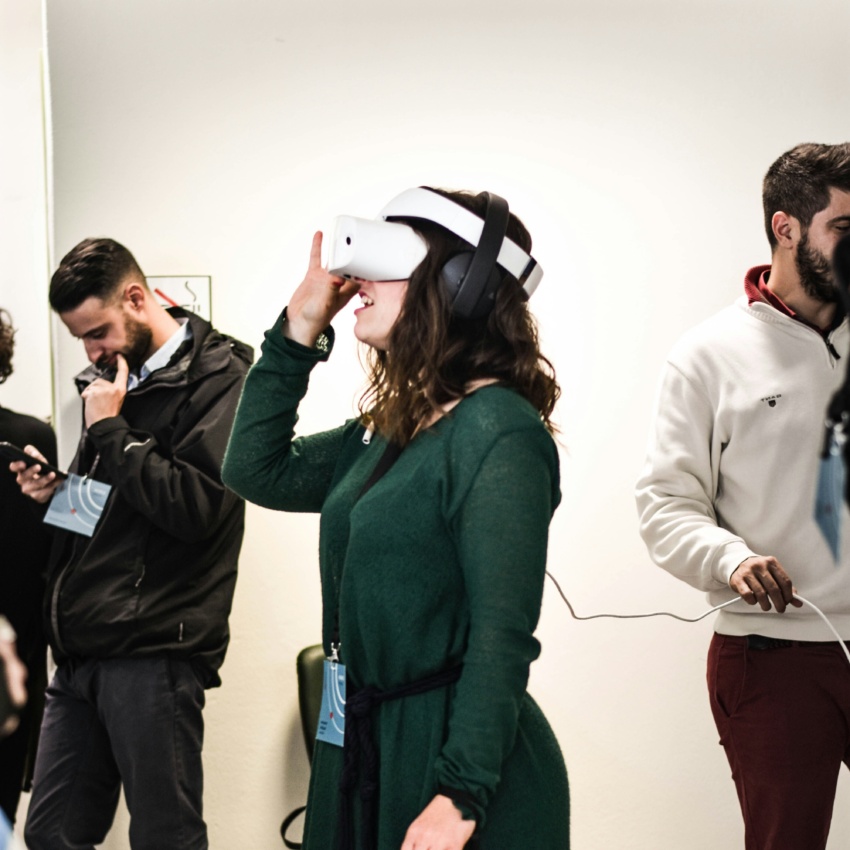Creating actionable events insights with centralized data
In today’s world, data is all around us. It comes in the form of business cards, expense reports, website analytics and in an overwhelming amount of other mediums, making it almost impossible to keep track of it all. Even when the data does get recorded, it can often be hard to make sense of. What good is it to have 37 pages of spreadsheets or a stack of notes scribbled on scraps of paper if you can’t understand them?
As marketers, meeting planners and management professionals, data is key to everything we do. It helps us make informed decisions, generate leads and predict future trends. Data provides valuable insights, and prepares us to handle crisis situations.
In order to maximize the worth of the mountains of information that your organization collects each day, it is paramount that your data collection efforts are organized and efficient. Destination management systems (DMS), similar to CRMs, are the most effective solutions to track data because they store your data online, creating a centralized hub of easily accessible information.
Centralized data offers many benefits, including the opportunity to quickly identify trends and patterns, or track your progress towards sales goals and other KPIs. Of course, centralization is only the first step in creating actionable insights from your data. Once everything is all in one place, you’ll have to do some organising to create a clear picture of your metrics.

Five steps to organising your data:
1. Clean it up
Do an audit of your data to ensure its accuracy, remove any duplicate records and fill in any missing information. Create a regular rhythm around data governance so you have regularly scheduled audits and clean ups.

2. Identify your metrics
Look for common denominators within your data that can yield correlation, set key performance indicators and create segmentation profiles. The success of your events depends on understanding your audience and being able to deliver an experience aligned to their needs and interests. And this all starts with data.
3. Keep it objective
Don’t exclude unflattering data in your reporting, and don’t let short-term goals distract you from the more prosperous long-term goals.
4. Automate it
Automate as much of the process as possible, so that the hard work you’ve done in the previous steps is repeatable. This is simple with the right tools and software: many now use AI and machine learning to minimize the need for manual input and processing.
5. Evaluate and act
Evaluate the information you have just collected, and determine what actions should be taken to either rectify problems identified in the data or capitalize on positive trends
Depending on your goals, there are several tools - both free and paid - that you can use in your efforts to better understand your data. To assist in data collection, you’ll want to find a data analytics platform that works best for your organization, in addition to a management and reporting tool such as a DMS. If you want to take it a step further, you can then use business intelligence tools to create stunning visualizations to display your findings.
It’s time to start collecting your data, keeping it in one place and using it to create actionable insights for your organization!




